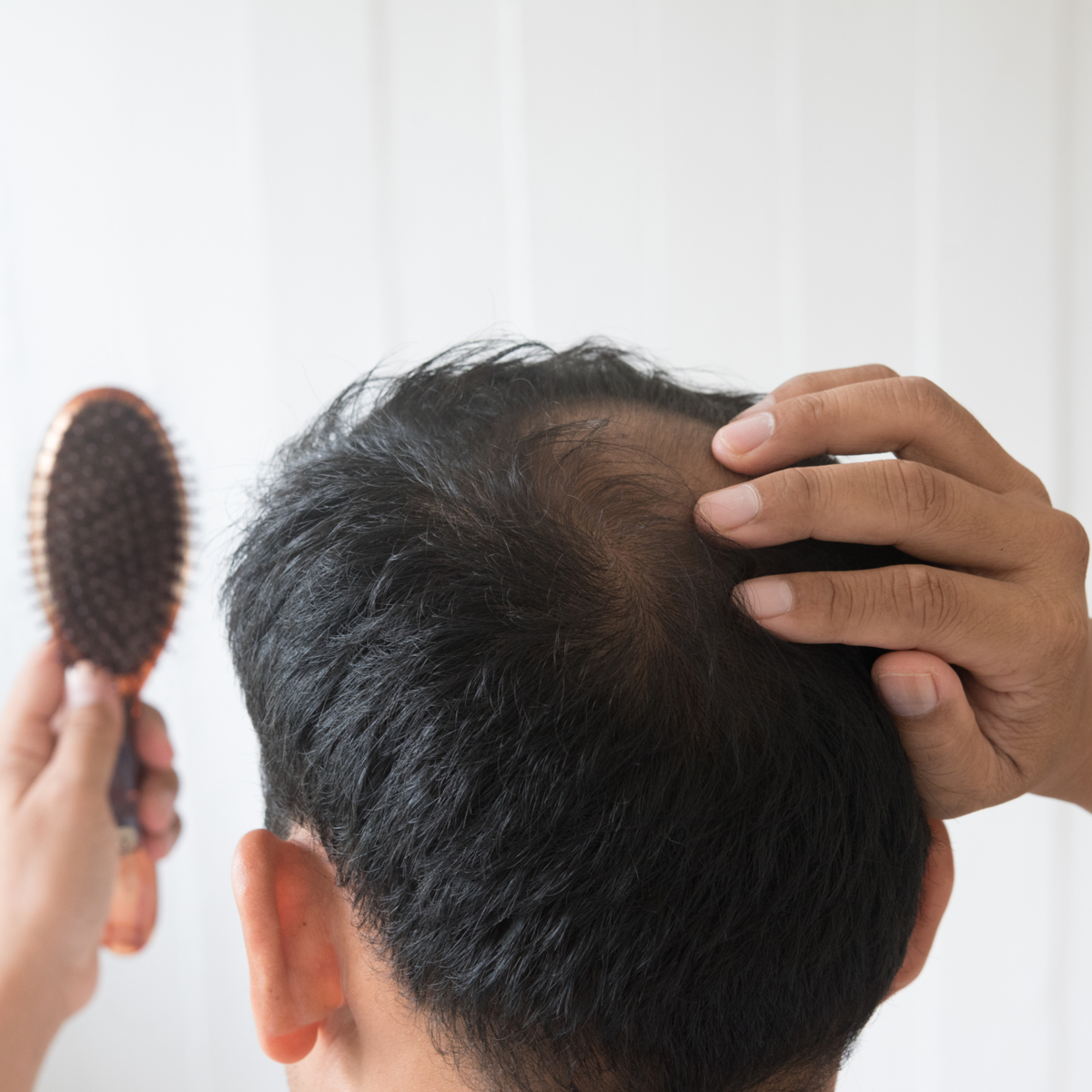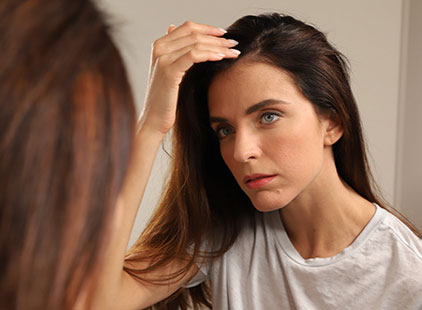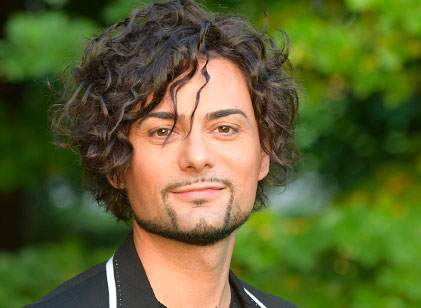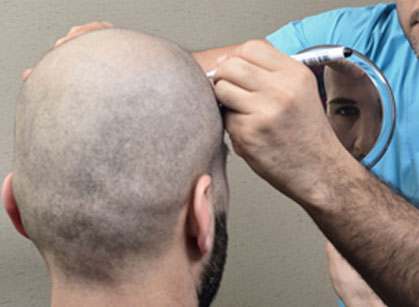Scalp itchiness
Scalp itchiness of varying intensity is a sensation perceived by many people of both sexes.
Itchiness is a scalp problem that leads those afflicted to scratch their skin and is often associated with pain. Many causes of this illness are recognized, which shouldn’t be underestimated as it may cause hair loss or thinning.

 Italiano
Italiano  Português
Português  Français
Français  Español
Español 



